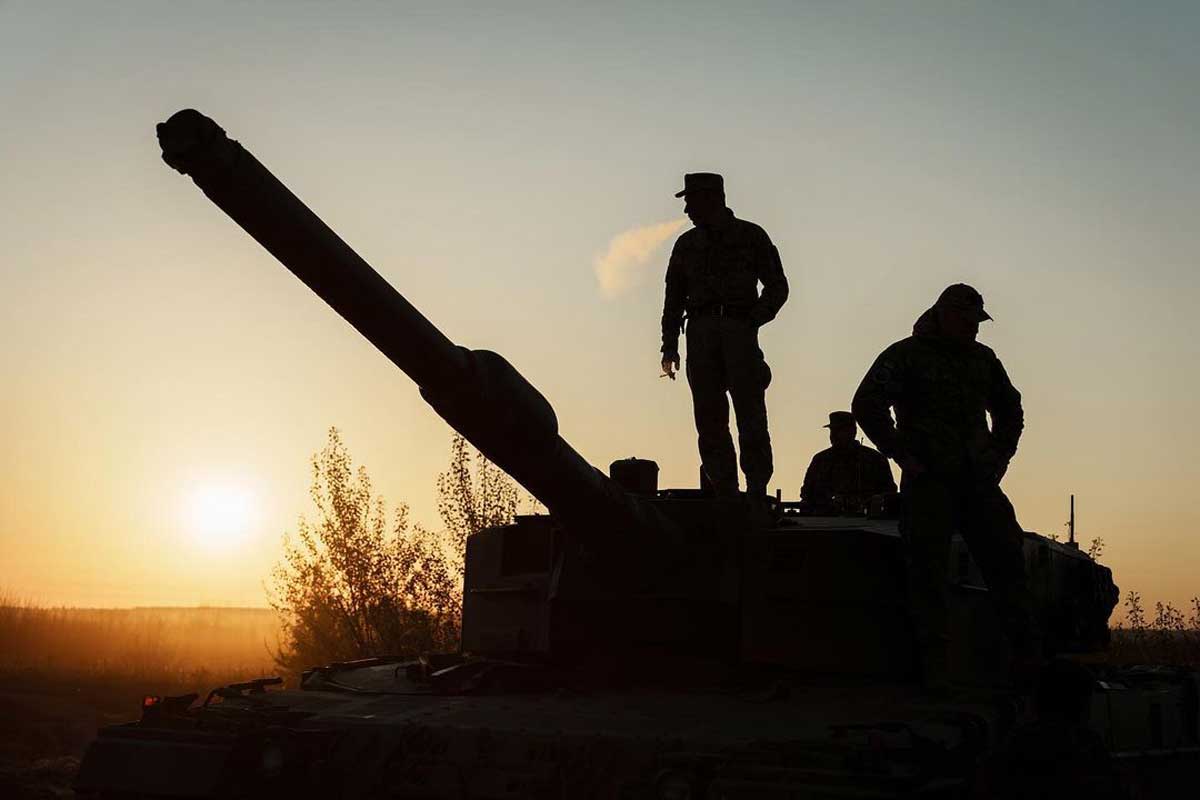Background
Since Russia’s full-scale invasion in 2022, Ukraine has not only fought on the battlefield but also turned digital technology and data into critical assets. With drone warfare now dominating much of the conflict, Kyiv has collected vast amounts of battlefield statistics and combat footage that are invaluable for artificial intelligence (AI) development in the defence sector.
What Happened
According to a report by Reuters (Aug 27), Ukraine’s Deputy Prime Minister and Digitalisation Minister Mykhailo Fedorov said Kyiv is carefully considering how to share its “priceless” trove of battlefield data with allies. Ukraine is also inviting international defence firms to test weapons in the country, with nearly 1,000 applications submitted and 50 products already in use. AI systems are being deployed to pilot drones, identify targets, and analyse Russian strikes. The government has even launched a video game-style points system where frontline units earn credits for confirmed kills, later exchangeable for drones and other gear.
Why It Matters
Strategic Leverage: By offering unique wartime datasets, Ukraine seeks to strengthen its negotiating position with Washington and other Western partners.
Military Innovation: Drone warfare is transforming the battlefield. Between 80% and 90% of Russian targets are now destroyed by drones, up from about 70–75% in 2024.
AI in Warfare: The use of U.S. firm Palantir’s AI shows how private tech companies are shaping modern conflict.
Humanitarian Uses: Beyond combat, AI is also being used for civilian safety from locating safe sites for underground schools to prioritising demining operations.
Stakeholder Reactions
Mykhailo Fedorov (Ukraine’s Digitalisation Minister): “The data we have is priceless for any country … This is one of the ‘cards’ to build win-win relations.”
He also noted the growing demand: “The demand for the data is incredibly high, but at the moment we are forming policy how to organise this process correctly.”
Referring to the frontlines, he admitted: operating under constant drone surveillance and fire is “hellish work.”
What’s Next
Ukraine is working on making drones fully autonomous, enabling swarms of unmanned systems.
Kyiv may formalise a framework to share its battlefield datasets with Western allies, potentially deepening defence cooperation.
With drone “kill zones” already stretching 10–15 km from the front lines, Ukrainian officials warn this could expand to 20 km in the next year.
Continued partnership with Western tech firms like Palantir suggests Ukraine will remain both a battlefield and a testing ground for next-generation AI-driven warfare.


